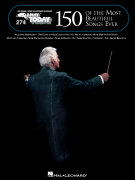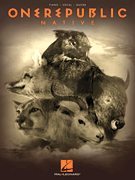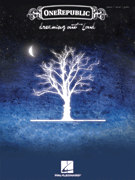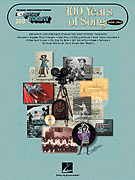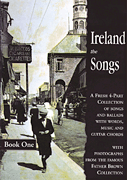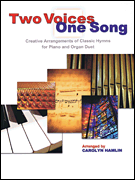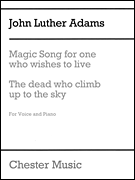Search Results for: “Song One”
Loading...
Best Song Ever View 42 Products
One Song Glory View 33 Products
One More Song View 22 Products
One Song View 17 Products
One More Beautiful Song View 7 Products
One Of Those Songs View 6 Products
Love Song For No One View 5 Products
One Last Song View 4 Products
More Pretty Girls Than One View 4 Products
Life Song (One For Annie) View 4 Products
One, Two, Three, Four, Five View 4 Products
I Want To Write You A Song View 4 Products
There's No One Like Jesus (Hakuna Mungu Kama Wewe) View 3 Products
Song For No One View 2 Products
One Song Of Praise View 2 Products
One More Last Song View 2 Products
One More Song For You View 2 Products
Twenty-One Years View 2 Products
As I Walked Out One Morning View 2 Products
One Light (A Hanukkah Song) View 1 Product
To Write One Song View 1 Product
One Last Love Song View 1 Product
Song Of One Of The Girls View 1 Product
Song One View 0 Products


